Eric Mathur is sitting in the backseat of an SUV, rolling south through the Arizona desert. Tall, dark, and bald, he’s dressed for a day under the sun. His linen shirt is open at the top, revealing a thick gold chain around his neck. A cream-colored Panama hat rests on his knee.
As we ride from the outskirts of Phoenix to a farm near Maricopa, about 40 miles away, Mathur explains how he and his company, Yulex, hope to break the Asian rubber monopoly using gene sequencing and an unassuming desert plant. It’s a long story, and about halfway in, as a way of describing this grand plan, he tells me about his parents. His father was Indian, part of a family stretching back more than a hundred generations in South Asia, and his mother was Latvian, with roots just as deep in Eastern Europe. The chain around his neck is a Latvian heirloom, one of the valuables his mother’s family buried outside their home near Riga as Russian troops approached in the opening days of World War II.
His parents met after the war and raised four children. Though his mother, Biruta, is all of 5-foot-3 and his father, Prem, was only slightly taller, Mathur and his two brothers are well over 6 feet, and their sister is 5-10. As Mathur tells it, his family is a living example of ” hybrid vigor.” After centuries of inbreeding in two very different parts of the world, two genetic lines collided, producing traits that weren’t there before. This, he explains, is what he’s trying to do here in the desert, with a plant called guayule.
We drive through an open gate and onto the farm where Yulex is growing guayule-pronounced why-yoo-lee -across more than 250 acres. Row after row stretch from the highway to the hills in the west. Pushing the Panama hat onto his head, Mathur walks me across this desert field, so I can see the plant up close. It’s a ragged scrub with chalky green leaves, the kind of thing you’d dig up and toss away if it sprouted in your back yard. But there’s more to see on the inside.
Bending down, Mathur tears a stem from one shrub and peels back the bark, pointing to a thin layer of, well, softness. This is called parenchyma. You can use it to make rubber, and that means you can make wetsuits, condoms, gloves, catheters, angioplasty balloons, and so many other medical devices. But most importantly, you can make tires. Car tires. Truck tires. Aircraft tires. In fact, this sort of natural rubber is essential to making tires. Yes, we now have synthetic rubber, but that isn’t as strong as the natural stuff. Our automobile tires contain about 50 percent natural rubber, and you simply can’t make a truck or aircraft tire without it.
‘There are many plants that have never had the productivity to make them interesting. But now, there are tools that can take them to the next level’
Today, almost all natural rubber comes from hevea rubber trees grown in Southeast Asia, and that hangs a nightmare scenario over US tire makers and the wider US economy. In the event of war or natural disaster, our supply could vanish, and rather quickly. But guayule can provide an alternative. Since the early 20th century, American researchers, entrepreneurs, and statesmen have eyed the plant as a way of freeing the U.S. economy from this deep dependence on Asia. Rubber trees doesn’t do well in the US, but guayule does. It’s indigenous to Mexico and the American southwest.
The trouble is that the average guayule plant yields relatively small amounts of rubber. Mass production has never quite made sense. But Mathur believes he can change that. At Yulex, he and his colleagues have collected guayule seeds from across the globe, looking for genetic strains as different as, yes, his Indian father and Latvian mother. Now, the team is germinating these seeds, and by closely examining the genetic makeup of the seedlings using DNA sequencers, they’re predicting which strains will produce the best progeny, accelerating the creation of the most vigorous hybrids-hybrids that can yield previously impossible amounts of rubber.
“We’re working with essentially wild plants,” Mathur says, in his rapid-fire way, one word running into the next. “There are many plants that have never had the productivity to make them interesting. But now, because of the genomic revolution, there are tools that can take them to the next level.”
Yulex has spent two years breeding its hybrids in Southern California greenhouses, creating about 1,200 different varieties, and the hybrids here in Arizona are the first grown en masse in an open field. According to Mathur, the best of these can produce one metric ton per acre of guayule planted. These superplants, he claims, are now on par with the rubber tree.
Nature, Domesticated
As the price of gene sequencing technology drops, academics, government researchers, and big corporations alike are using so-called molecular breeding techniques to refine the oldest agricultural crops, combining the latest in biotech with ancient farming methods. By closely examining the DNA of particular plants, they can identify which will produce the best offspring and then immediately cross-breed them. Separate from any effort to actually modify the DNA of fruits and vegetables-the much-discussed GMOs-argi-giant Monsanto is using this method to accelerate the natural breeding of produce like lettuce, peppers, and broccoli. Other Big Ag companies are doing something similar.
Farmers have bred hybrids for centuries, putting two promising plants together and encouraging them to pollenate each other. But such “open pollination” is slow to produce the desired traits. Often, the right plant breeds with the wrong one, and the process moves backward. DNA sequencers provide far more control. Researchers can better understand what’s happening, and sooner. “We’re able to skip the multiple years of testing required by traditional breeding methods,” says Patrick Schnable, an Iowa State University professor who specializes in plant genomics.
‘We’re able to skip the multiple years of testing required by traditional breeding methods.’
But molecular breeding can boost more than just staples. It can produce entirely new crops, crops that didn’t make sense before. Before joining Yulex, Mathur was the chief technologist at SG Biofuels, which transformed a plant called jatropha into a source of jet fuel. Now, he’s applying the same science to guayule. And he’s not alone.
The US Department of Agriculture is working to sequence the guayule genome in full, and multiple companies, including Cooper Tire and a Yulex competitor called PanAridus hope to use this for molecular breeding. In the years to come, these same breeding techniques could help refine a wide range of other plants, producing not only new fuels and new materials, but new sources of food. “The natural world,” Schnable says, “is now ours to domesticate.”
The Rubber Monopoly
In 1875, an Englishman named Henry Wickham smuggled some 70,000 hevea seeds from Brazil to the Royal Botanical Gardens in Kew outside London. Many rotted on the trip across the Atlantic. But some arrived intact. And some germinated at Kew. From there, Britain shipped hevea across its empire to Ceylon and Malaya and Indonesia, breaking the Brazilian rubber monopoly. In the decades to come, a fast-spreading leaf blight strangled the hevea market in the Amazon. But the tree thrived on the other side of the globe.
The rub: this created a new kind of monopoly. Today, Southeast Asia produces 92 percent of the world’s rubber, according to the Association of Natural Rubber Producing Countries, a consortium that includes China, India, Malaysia, Indonesia, Thailand, The Philippines, and Vietnam. Ever since the Asian rubber boom, American government and industry have sought ways of mass-producing rubber closer to home. In 1910, a group of entrepreneurs, including John Rockefeller, invested $30 million in guayule. During the Second World War, after the Japanese seized a majority of the hevea plantations in Southeast Asia, Congress passed a bill that spread guayule across 32,000 acres in California and Arizona. And as oil prices surged in 1970s-raising the cost of the synthetic rubber-a new wave of guayule research swept the American tire makers.
As wars ended, oil prices dropped, and other economic pressures subsided, these efforts faded. But the broader need remains. No one can build a decent tire without natural rubber. Synthetic rubber just isn’t strong enough-at the molecular level-to keep the tire together. “You can certainly build a tire from synthetic rubber, but-depending on the kind of tire-it doesn’t run that well,” says Chuck Yurkovich, senior vice president of global technology at Cooper Tire. As such, the US economy is almost wholly dependent on growers in Southeast Asia. These growers have the leverage to set their prices. The leaf blight-or another war-could sever our access to hevea. And in recent years, this multi-faceted problem has grown more acute, as economies in China and India mature at such a rapid rate. They need more rubber for themselves.
‘We know so much less about how to breed guayule. But we’re now going to get all this information about how it works.’
All this is why Colleen McMahan and a team of USDA researchers are working to sequence the guayule genome. “It’s why I have a job,” she says, sitting in the basement of the USDA’s research center in Albany, California, just across the bay from San Francisco.
As part of a $6.9 million government grant, which also funds work at Cooper Tire, PanAridus, Cornell University, and Arizona State University, the USDA hopes to release a fully sequenced genome by year’s end. The aim is to create a complete genetic reference that can help researchers identify the guayule genes that yield specific traits, like the size of the plant, the number of parenchyma cells that circle its trunk and stems, even its shape.
“This is the foundation for molecular breeding,” says Bill Belknap, one of the USDA biotechnologists working to sequence the genome. “We’re providing the information that lets you see where genes are and how you want to move them.”
The potential for improvement is enormous-in part because guayule is so under-bred, in part because breeding technology is evolving so quickly. “The creation of a guayule commodity, which is what we’re all banking on here, is behind the science. That’s almost never the case,” says McMahan. “We knew a whole lot about how great humans evolved before we ever sequenced the genome. We know so much less about how to breed guayule. But we’re now going to get all this information about how it works.”
In about a decade, Belknap believes, the USDA’s work will produce new breeds that can finally push guayule rubber into commercial tires. The tire industry moves slowly, he says. But Eric Mathur believes the changes will come sooner. Much sooner.
The Walking Dead
Mathur has spent the last twenty years trying unlock the hidden powers of organisms you’ve never heard of. In the ’90s, he went to work for a company called Diversa, traveling the world in search of microrganisms that could improve everything from animal care to vegetable oil processing. “We mined natural diversity,” Mathur says. “We would isolate DNA from dirt, from fish guts, from Antartica rocks. We would find genes that behaved in new ways, and then we would blend the best of them.”
Then, in 2006, he joined Synthetic Genomics, a company founded by Craig Venter, one of the first scientists to completely sequence the human genome. There, Mathur focused on transforming microbes, algae, and plants into biofuels-alternatives to oil and gas-using the same tools that drove the human genome project. Later, at SGB, he did much the same with jatropha, a plant previously used to make Portuguese candle wax.
SGB raised jatropha seed yields by as much as 900 percent, eventually signing a deal with BP and others to plant 75,000 acres of the stuff in Brazil. “Their work really showed the potential of molecular breeding technologies, particularly for new crops,” says Iowa State professor Schnable. As the price of oil dropped-making biofuels less attractive-the company faded from view. But its work had caught the eye of Yulex CEO Jeff Martin.
Martin, the former vice president of sales and marketing at a medical device company called Safeskin, co-founded Yulex around the turn of the millennium, hoping to transform guayule into a new source of rubber for the medical industry. Many people are allergic to hevea rubber, and Martin saw guayule as a natural alternative to synthetic latex. But Yulex couldn’t find a wide market for its products-the FDA saddled the company’s guayule gloves with a rather confusing label warning that they could fuel allergies, though that may not have been the case-and outside of some wetsuits, it struggled to push into other products.
So, in 2013, Yulex signed a deal with SG Biofuels to use its gene sequencing techniques, and last year, Mathur joined the company full-time. Yulex has offices in Arizona, not far from the fields where its growing guayule hybrids. But Mathur and his team work out of the old SGB office on the outskirts of San Diego. Yulex has redecorated the walls with photos of guayule.
This is where the team is working to revive its decades-old guayule seeds. The newest seedlings are sprouting in oven-sized “environmental chambers” that tightly control temperature, light, and humidity, each plant swaddled in tiny towelettes to keep them moist. Only about one percent of seeds can be revived. Mathur calls these “The Walking Dead,” comparing them to the hevea seeds Wickham brought to Britain from the Amazon. “These are 30- to 50-year-old collections, and they’ve been through some tough times,” he says, explaining that some of them were kept in freezers that lost power from time to time. “It’s not all that different from the Kew story.”
Genetic Fingerprints
The project began with Mathur and his team collecting as much guayule “germplasm”-living tissue that can produce new plants-from as many disparate sources as possible. Universities. Labs. Private collections. Though many others are working to improve guayule yields, including the USDA, they typically use germplasm from the same area of Mexico, where guayule originated. “Most of the USDA public lines are closely related,” McMahan says. “In the past, collectors looked for big plants and lots of rubber, not genetic diversity.” By finding extremely divergent lines, Mathur says, he and his researchers can help produce the hybrid vigor he sees in his 6-foot-2-inch self.
In all likelihood, Mathur and his tall siblings benefitted from a better diet than his parents, as well as cross-continental breeding. And some question the genetic diversity of the Yulex germplasm. But hybrid vigor, or heterosis, can boost plant yields in big ways. If you inbreed the same line, damaged or recessive genes can show through, says Belknap, of the USDA. But if you cross-breed lines, dominant genes will mask the recessives. “When you mix ’em together-boom!-the damaged genes go away.” Mathur points to rice and corn as examples of crops that have benefited from hybrid breeding in recent decades.
‘When you mix ’em together-boom!-the damaged genes go away.’
Once their seeds are revived, Mathur and his team use DNA sequencing machines to identify particular gene sequences and determine which plants are the most genetically diverse. Those will likely produce the best hybrids. Then, the team cross-breeds these plants at a greenhouse further up the California coast, producing hybrids by the dozens. This end of the process is still charmingly low tech. They put the plants in small tents filled with blue bottle flies and carbon dioxide, and the flies carry the pollen from one plant to another. Mathur calls it “forced caged sex.”
As these plants grow, the team examines the genetic makeup of the most promising hybrids-dubbed Jedi Warriors-and the process starts again. Eventually, they plant the top Jedi across those open fields in Arizona. A particular plant may offer only some of the traits Mathur and his team are looking for, but they can always cross it with yet another.
Once the company has a reference genome from the USDA, Mathur says, the process will accelerate further. With a reference genome, they can better identify which DNA fingerprints correlate with important traits, predicting with even greater accuracy which plants will produce the best hybrids. He believes that, when paired with the USDA’s work, the company’s techniques will impact commercial products by 2019. “By then,” he says, “we expect real economic change.”
The Hybrid Clones
Mathur’s friends and colleagues will tell you he’s an exceedingly positive person, a trait that’s obvious the moment you meet him. But it also means his projections should be viewed with some skepticism. In some ways, changing an industry as old and entrenched as the rubber business-or the oil business-is a quixotic pursuit. So many previous efforts to transform guayule into a viable crop have failed. Yulex has struggled to push guayule rubber into the marketplace for well over a decade. The once promising SGB now sits in limbo.
Changing something as old as the rubber industry-or the oil business-is a quixotic pursuit
“We still have to get to critical mass, where crops are actually grown by farmers and sold,” says Katrina Cornish, a professor in the department of food, agricultural, and biological engineering at Ohio State University who helped advance guayule research at the USDA and worked for a time at Yulex.
Even if you can get guayule to produce enough rubber, you’re still left with the rest of the plant. This isn’t like hevea, which you can tap maple tree-style, extracting its liquid latex without killing the plant. You musty harvest guayule and extract the parychema cells from the bark. But in creating new forms of guayule, Mathur hopes to address these issues, at least in part. He’s producing breeds that will grow in cooler climates. He aims to turn the rest of the plant into biofuel feedstock, so harvesting isn’t as much of a problem. He’s working to reshape the scrub-literally.
As he walks through rows of guayule hybrids in an enormous sloping greenhouse in Encinitas, California, Mathur points out how different the plants look from one another. Some are short and squat, others tall and thin. Some have small trunks, others large. On some, the leaves spread out like fans. On others, they look more like ribbons. It seems as if entirely separate species are growing from row to row.
This is just what happens when you first cross disparate plants. And it doesn’t necessarily indicate extreme genetic diversity. But it shows what Mathur and Yulex aim to do. In reshaping the plant, they can potentially grow more of it per acre. Traditionally, guayule was planted like cotton-in long single-file rows-but Yulex is growing it more like a vegetable, with many plants slotted alongside each other. “You can increase the density of plants,” he says, “not just increase the amount of rubber produced by the plant.”
Once they’ve found the traits they want, they can induce the plant to reproduce without sex-to clone itself
With this small scrub, the possibilities are myriad. And as we walk out of the greenhouse, Mathur points to one more. The added trick, he says, is that once he has a plant he likes, he can clone the thing in perpetuity. And he can clone it without actually modifying the genes.
Guayule exhibits what’s called facultative apomixis. It reproduces in a sexual way some of the time, but not all the time. That’s why Mathur and his team can cross breed plants and produce new traits (sex is required). But it also means that once they’ve found the traits they want, they can induce the plant to reproduce without sex-to clone itself.
Mathur calls this “the real power” of guayule. The plant has behaved this way for centuries. But, now, Mather and his team have the technology they need to harness that power. They recently applied for a patent on this technology, believing it can finally turn guayule into a source of natural American rubber. So many others have failed to do so. But they didn’t have the same tools.


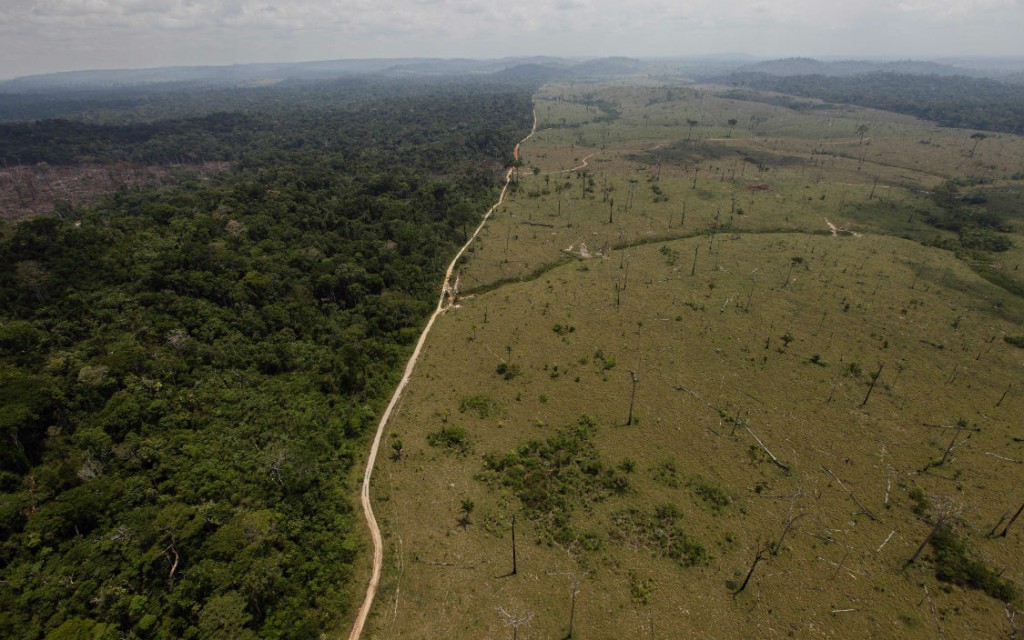

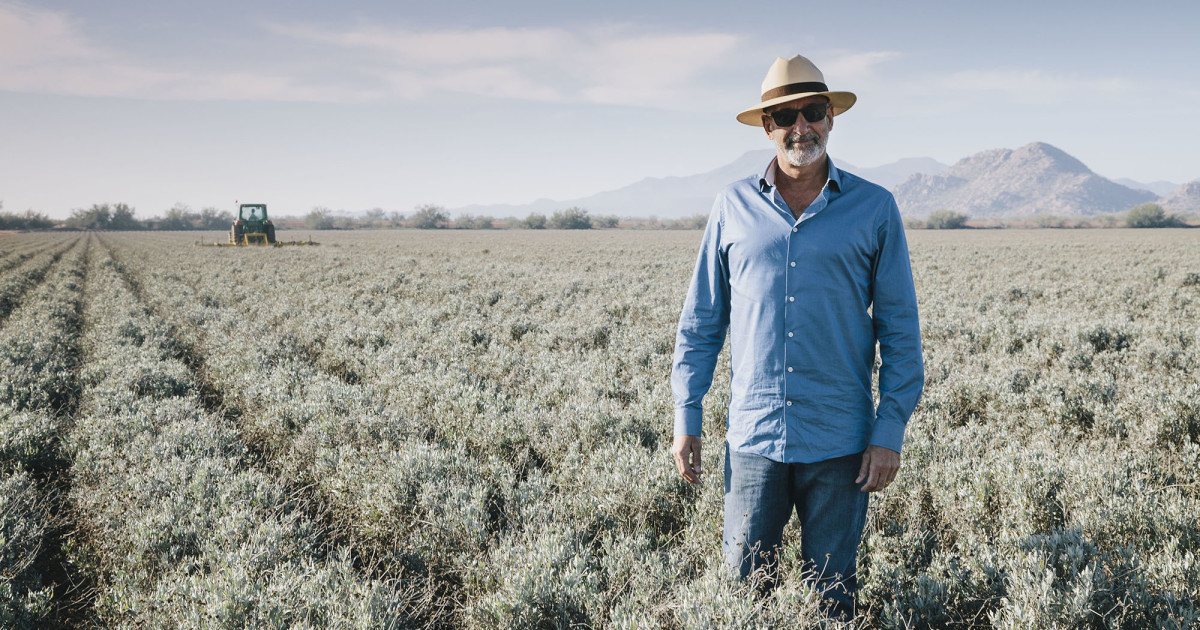




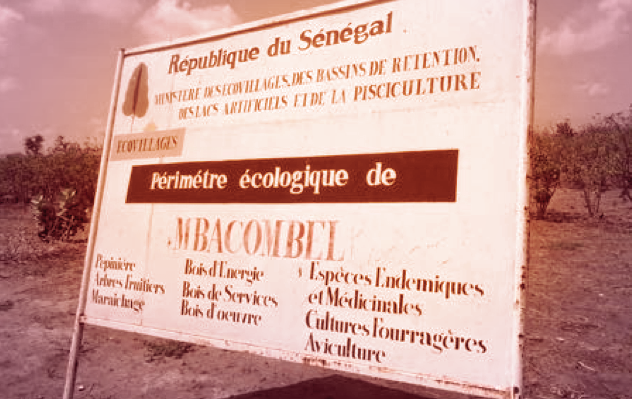
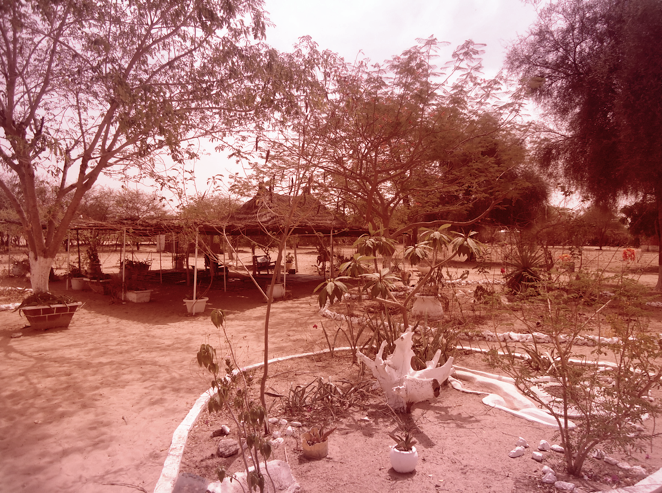
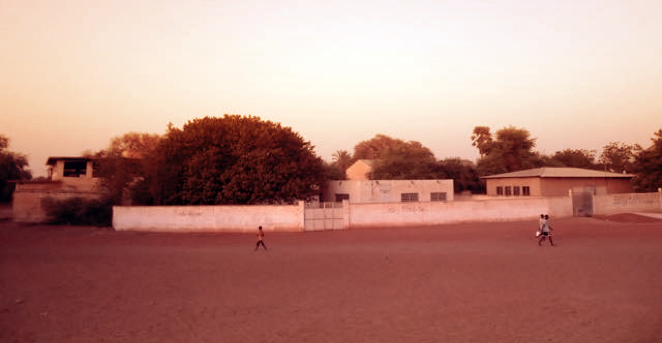


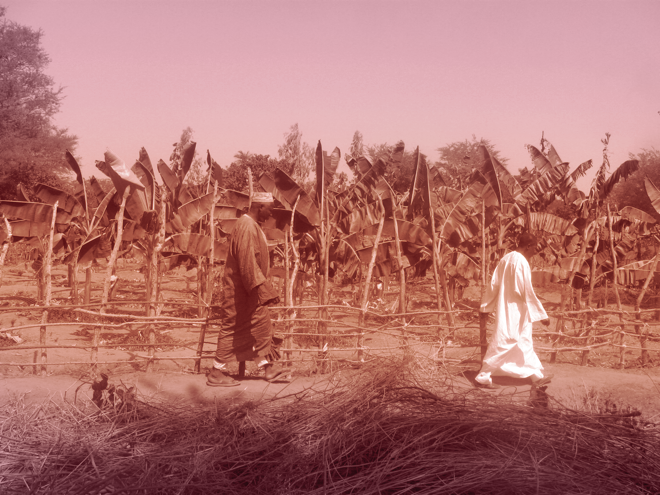

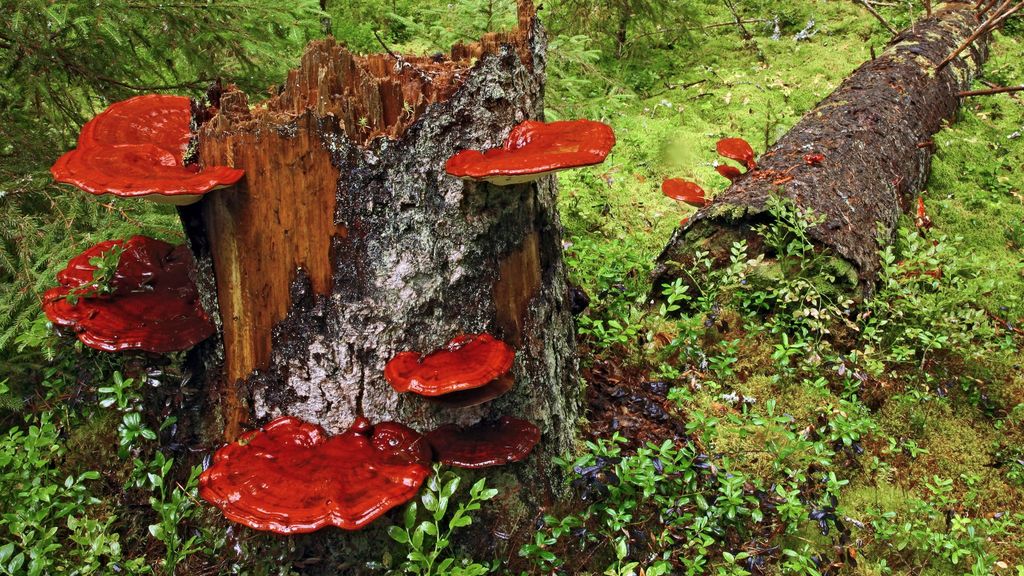
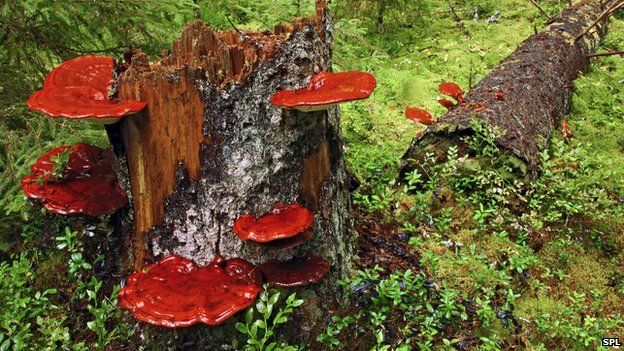
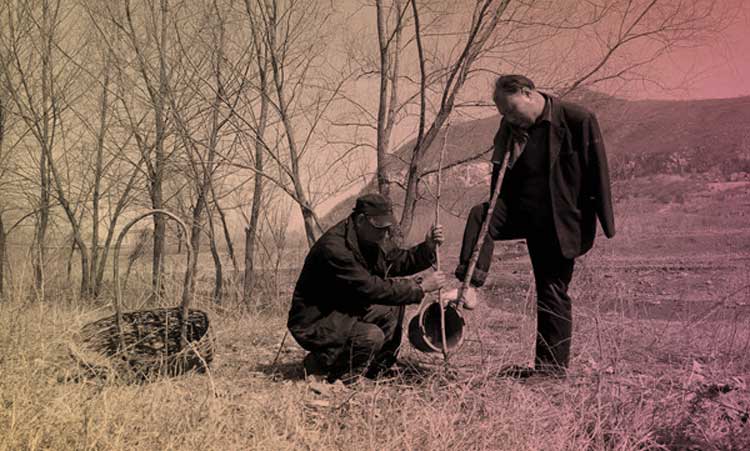


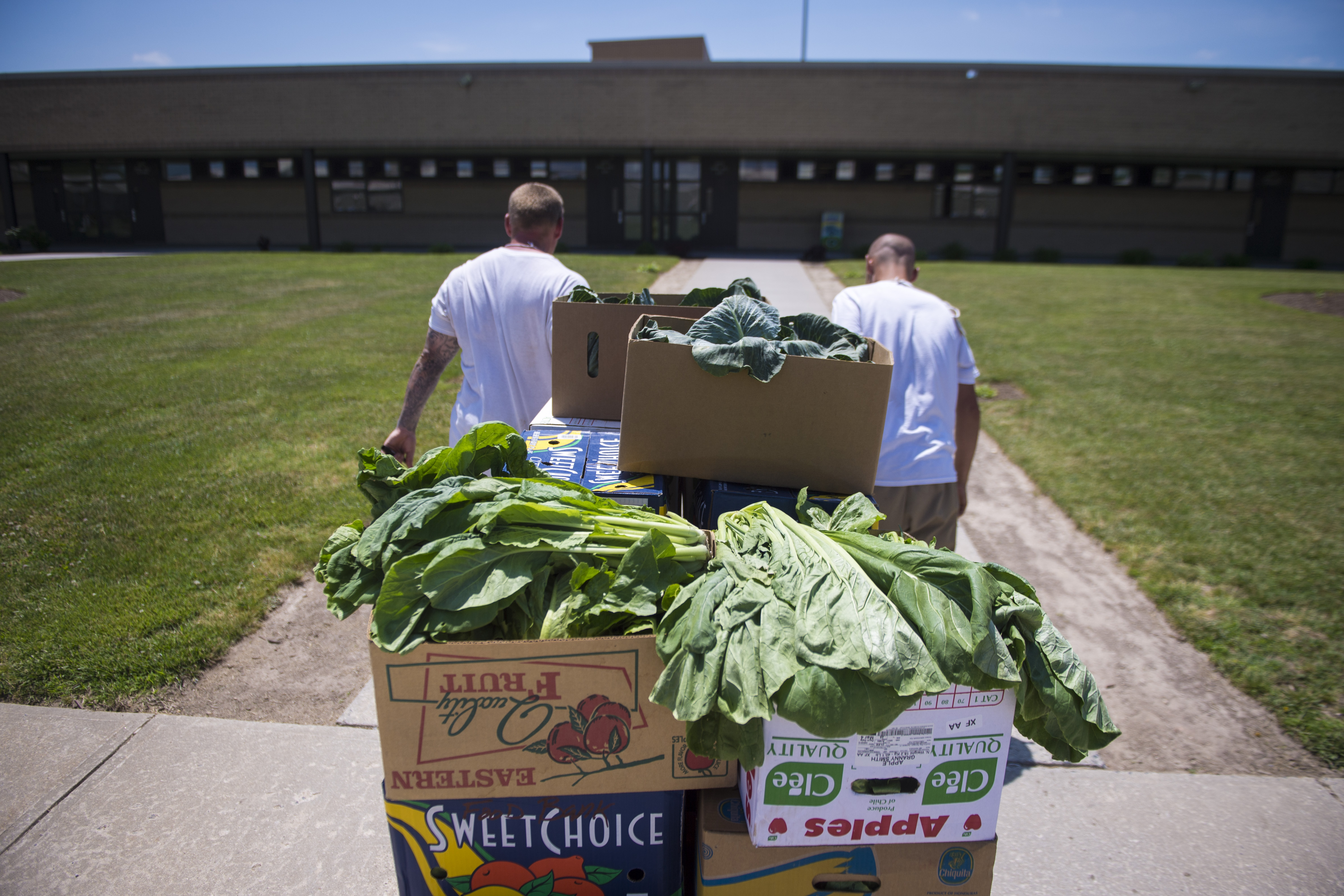


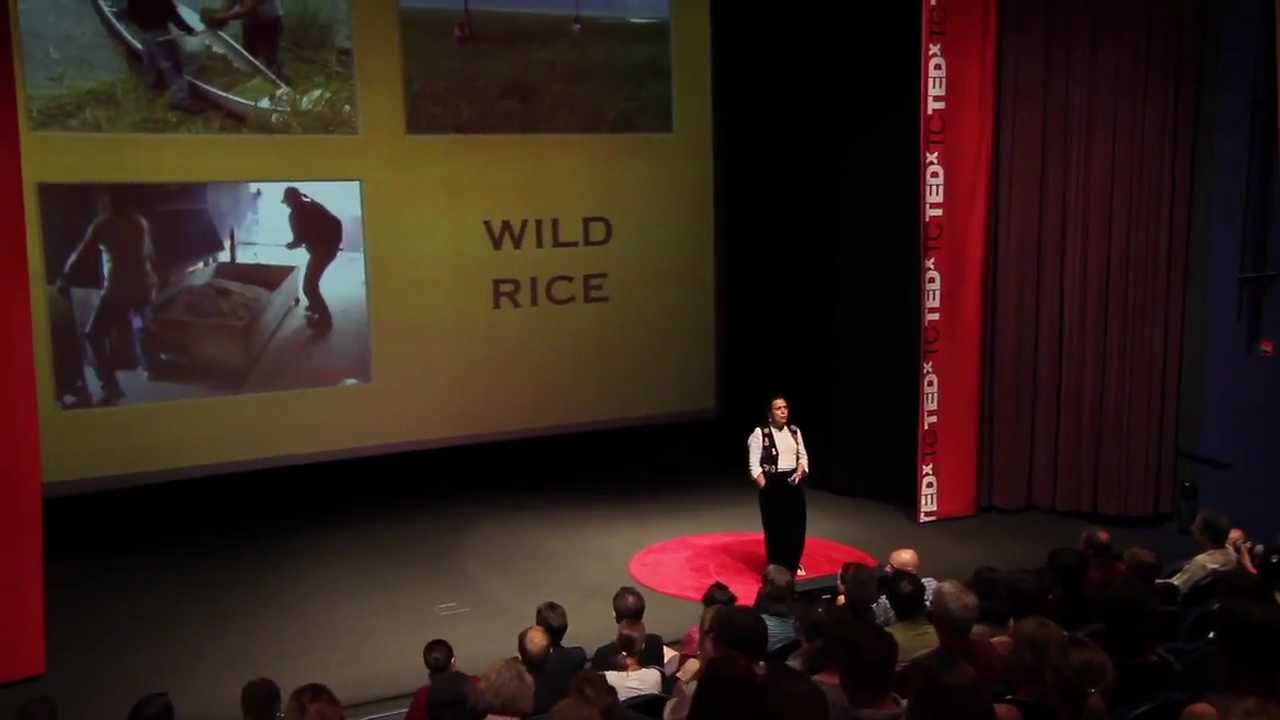


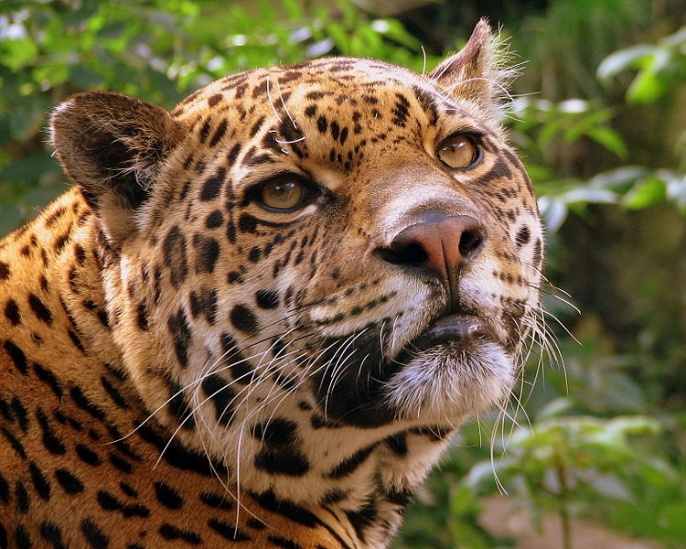

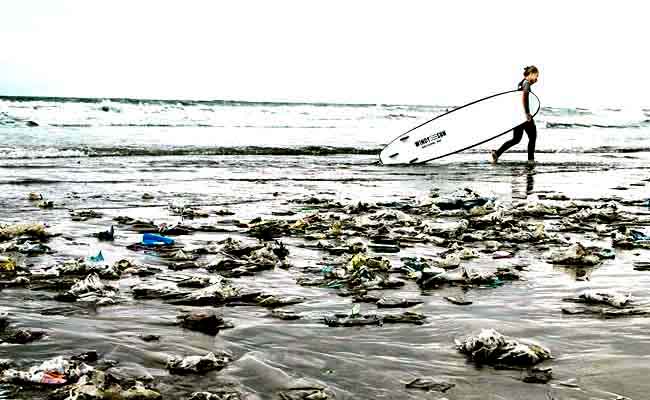
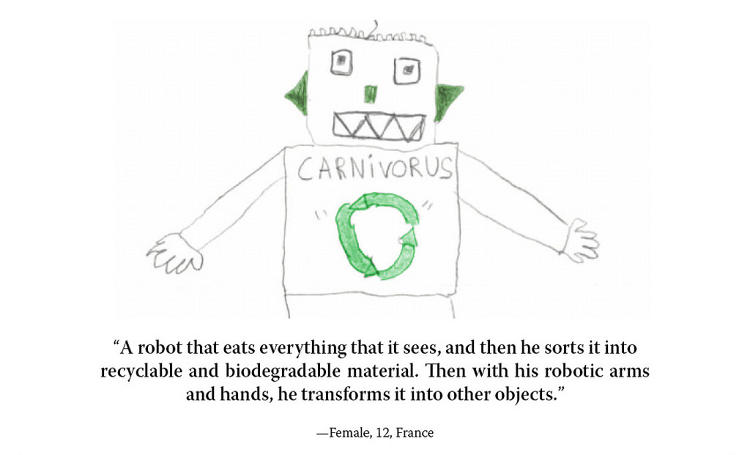



 An indestructible cell-phone.
An indestructible cell-phone. 














